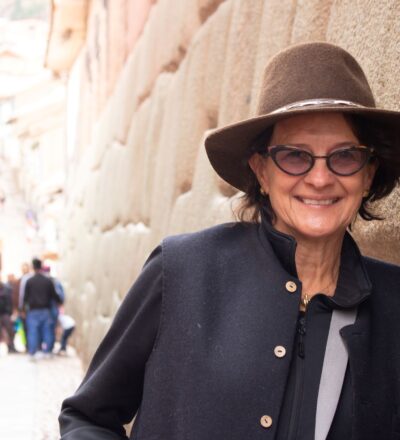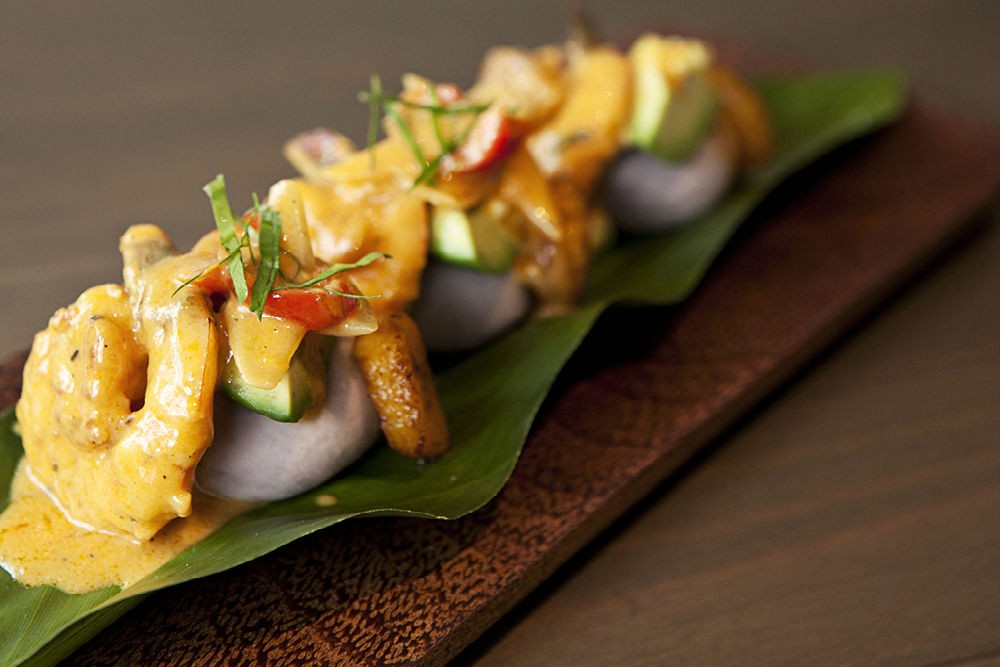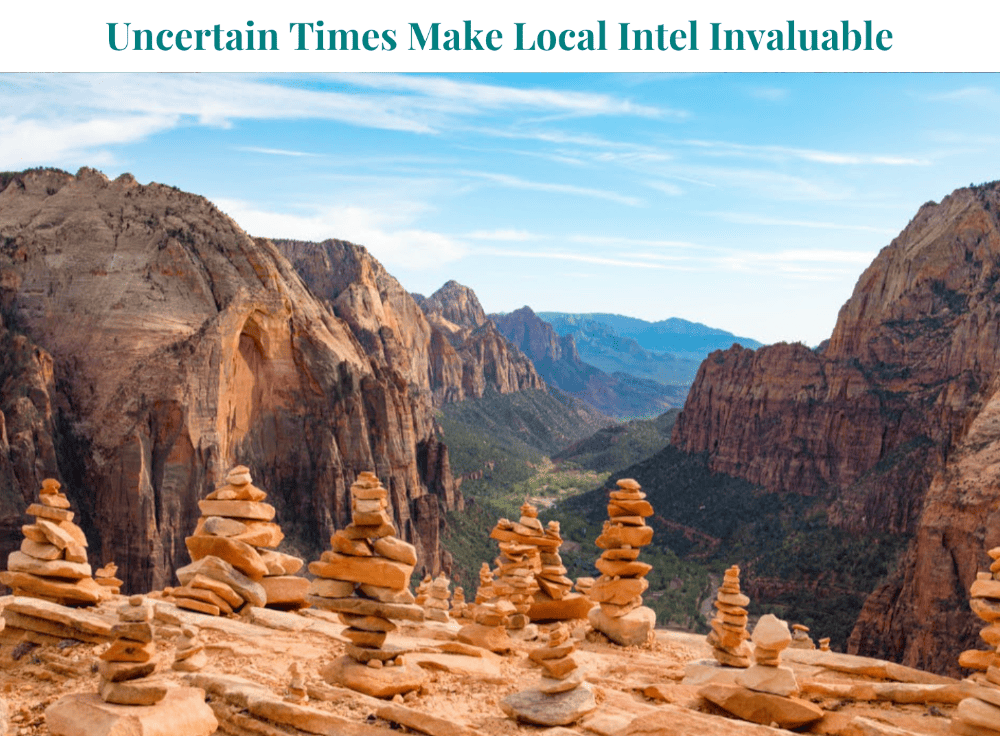Bolivia Insider’s Guide: The Salt Flats Are Just the Beginning
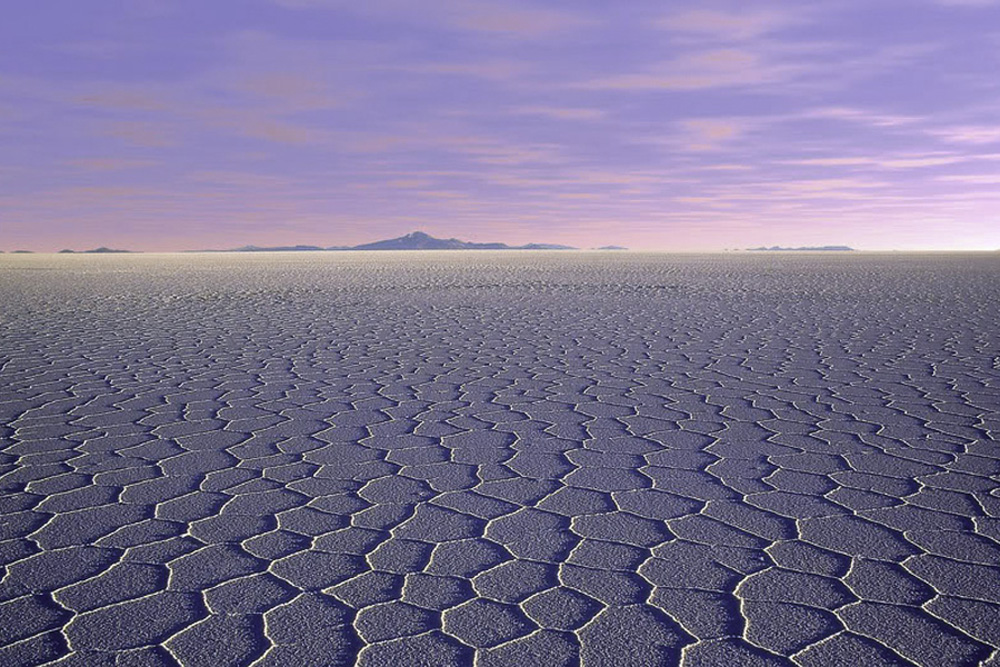 Bolivia's Salar de Uyuni are beautiful during both the dry and wet seasons.
Bolivia's Salar de Uyuni are beautiful during both the dry and wet seasons.
The insider advice on this page is from one of Wendy’s Trusted Travel Experts for Peru and Bolivia: Marisol Mosquera of Aracari.
A native Peruvian, Marisol chucked a career in the financial world to become a pioneer in experiential travel to Peru and Bolivia; she also plans trips that combine the Galapagos with either country. She and trusted colleague Mark Green—a Brit who guided trips in South America for many years and is now living in Lima and married to a Peruvian—work with a network of prominent historians, photographers, chefs, museum directors, and fashion designers to deliver privileged access to people and places throughout the region. They are used to working with high-powered businesspeople for whom seamless execution is a prerequisite, but sustainability is also part of their bottom line; Marisol seeks out experiences that enhance the lives of locals, and she’s a strong supporter of woman-owned enterprises. Call on Marisol if you want an out-of-the-box version of the region’s iconic sites—a private tented camp in the rainforest, or tips for avoiding the lines at Machu Picchu—or if you want to explore the hidden pockets that most travelers miss, from the oldest city in the Americas to a little-known protected reserve next to Bolivia’s Uyuni salt flats.
What to See and Do
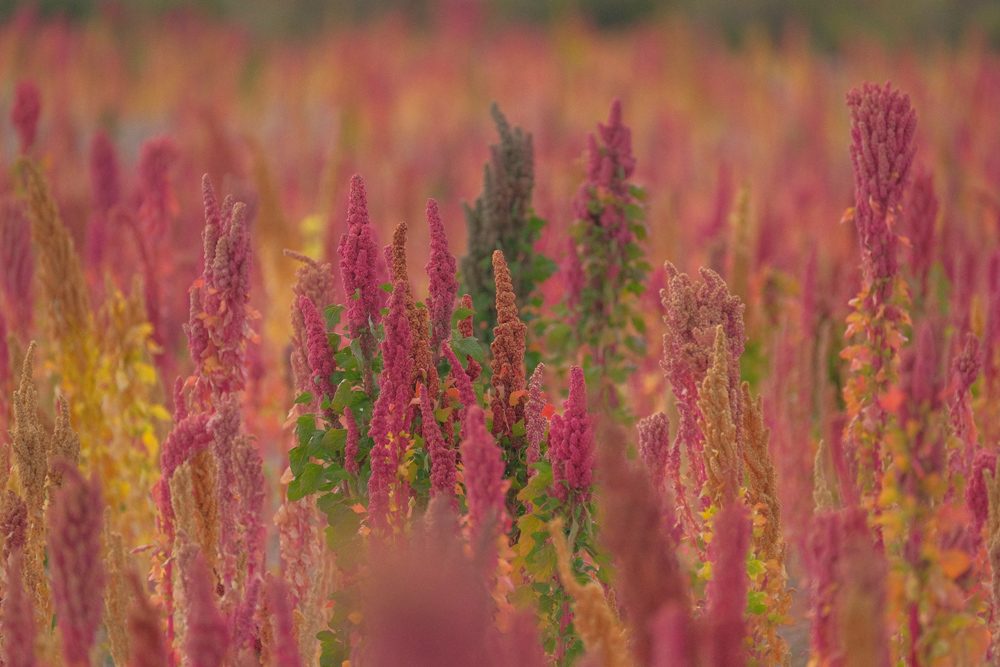
The quinoa fields around Lake Titicaca are surprisingly colorful. Photo: Aracari
Most underrated place
Founded by the Spanish in the late 16th century, Sucre now shares capital-city status with La Paz. It’s one of the most appealing cities in South America, and hands-down the most beautiful city in Bolivia. Whitewashed buildings and pretty patios shape its historic center, where you’ll find a variety of museums, historical landmarks, and convents. And nearby you can visit Tarabuco (one of the most authentic markets in South America), indigenous ethnic villages known for their hand-woven textiles, and even the world’s largest set of dinosaur footprints.
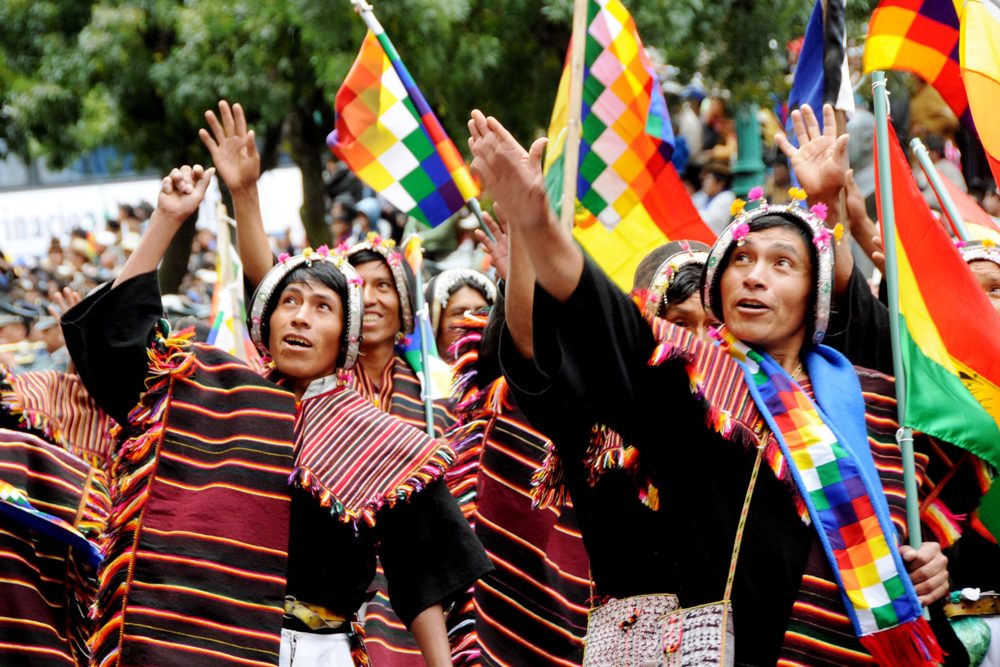
Festivities in Sucre, Bolivia.
Most overrated place
Despite being a UNESCO World Heritage locale and easy to get to from La Paz, the archaeological site of Tiwanaku is not all that visually impressive: The megalithic architecture is poorly restored and the setting isn’t particularly scenic. It’s worth a visit only for history buffs who want to learn about the Tiwanaku culture—the longest-lasting empire in the Americas, which gave birth to the Incas.
Hidden gems
Eduardo Avaroa National Reserve is the ultimate photographer’s playground. Sitting right next door to Salar de Uyuni in the far southwestern region of Bolivia, Eduardo Avaroa has sublime, otherworldly scenery. Notable natural highlights include Laguna Colorada (a red-hued salt lake), hot geysers, active volcanoes, bright-pink flamingoes, and trippy coral and rock formations, including the Arbol de Piedra (“stone tree”). Eduardo Avaroa’s close proximity to the Chilean border makes it convenient to visit en route between the Atacama Desert and Uyuni. The best accommodations you’ll find are in basic, locally run lodges—but that’s more than made up for by the experience.
The Chiquitos Jesuit Missions. Situated in the tropical lowlands of east-central Bolivia, the Chiquitos Missions are six towns spread throughout this sparsely populated region that have preserved the impressive churches constructed by the Jesuit missionaries in the 17th and 18th centuries—the only remaining churches of this type in all of South America. The Jesuit missionaries taught locals how to play European music, and every two years in April visitors are treated to an International Festival of Baroque and Renaissance Music, which celebrates this unique hybrid culture.
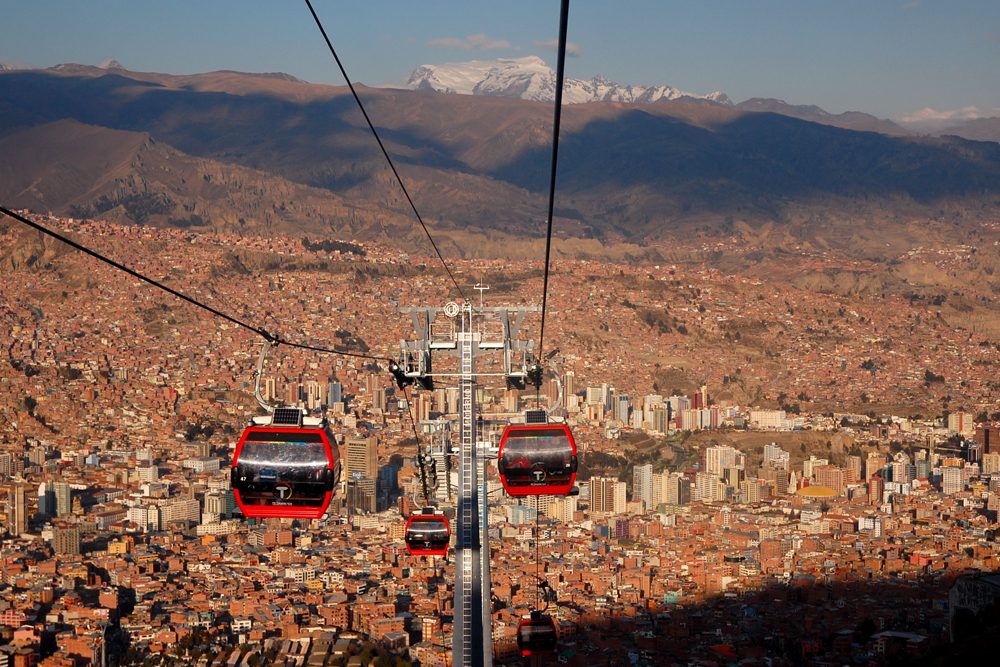
The cable car in La Paz, Bolivia.
Cheap thrill
In La Paz, take a ride on Mi Teleferico—or, the “subway in the sky.” It’s the highest and longest urban cable-car system in the world. A one-way ride costs about 50 U.S. cents and gives you incredible sweeping views of the city.
In El Alto, gawk at the cholets, buildings designed by self-taught (and now world-renowned) architect Fredy Mamani in a style known as Neo-Andean. They look almost like Transformers robots from the outside; elaborately decorated inside as well and originally constructed for wealthy Aymara families, many are now conference halls or rented out for weddings and parties.
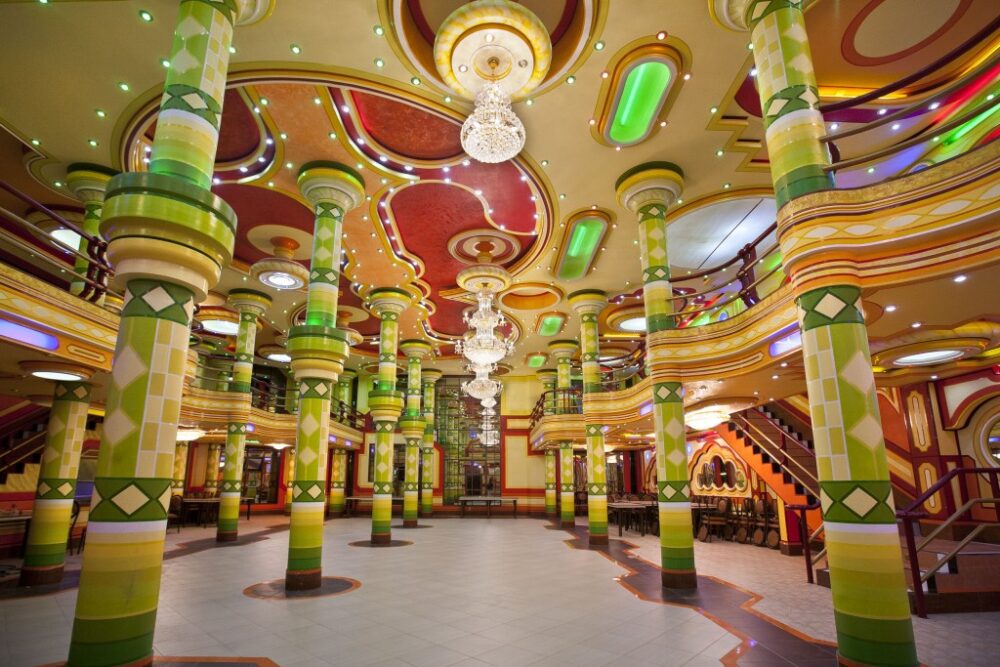
Cholet building in El Alto, Bolivia. Photo: Aracari Travel
Memorable day trip
Head out from La Paz for a day on Lake Titicaca, the highest navigable lake in the world. From the town of Copacabana, take a boat ride to the picturesque island of Isla del Sol. There are a number of Incan ruins there, including Pilko Kaina at the southern end and the Chincana complex in the north. The latter hosts the legendary Puma stone, believed to be the birthplace of the Incan empire.
Worth the detour
Potosí, along with Sucre, is one of the most historically influential cities in all of South America. Potosí was founded in 1545, after the discovery of silver deposits in the area, and in its heyday had a population larger than that of Paris or London. It was also home to the Spanish colonial empire’s mint, which today is the highlight of a visit, occupying an entire block. It’s even possible to head down a silver mine, many of which remain active. Potosí is best visited en route between Sucre and Salar de Uyuni, as there are no standout accommodations here.
Where to Stay and Eat
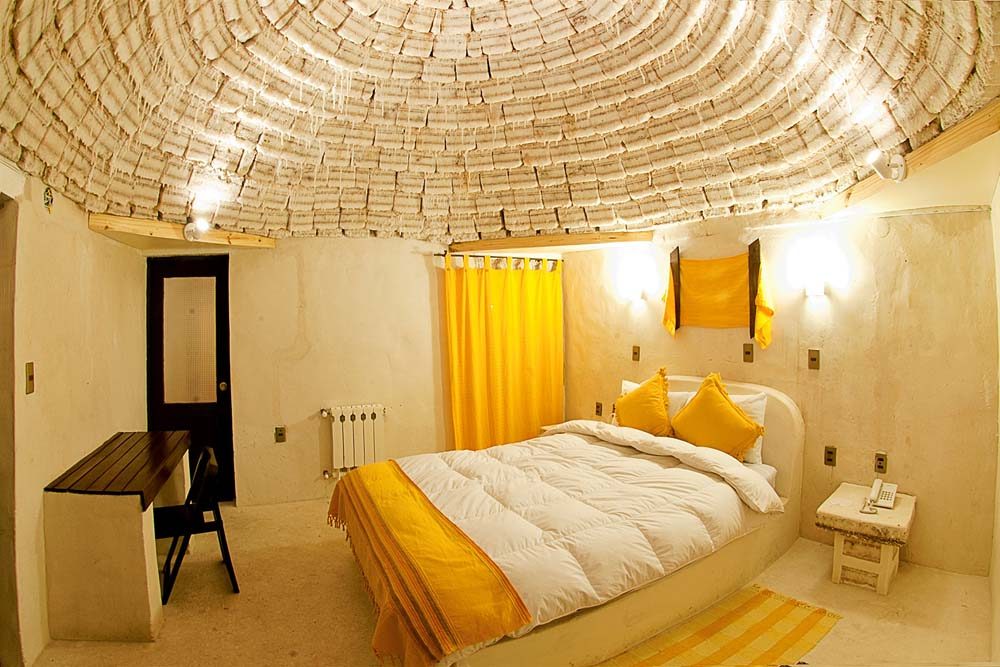
Palacio de Sal, Potosí, Bolivia
Unique places to sleep
On the edge of the Salar de Uyuni are two hotels made entirely out of blocks of salt (as is the local custom here, where building materials are scarce): Luna Salada and Palacio de Sal. At Luna Salada, book a room with a view of the desert, rather than one that looks onto an interior corridor. The Palacio’s VIP rooms aren’t much more expensive than the standard rooms and have a sitting area from which you can see the salt flats.
If solitude is what you seek, there are also three deluxe Airstream campers positioned in the middle of the salt pans; meals are brought in from a local town.
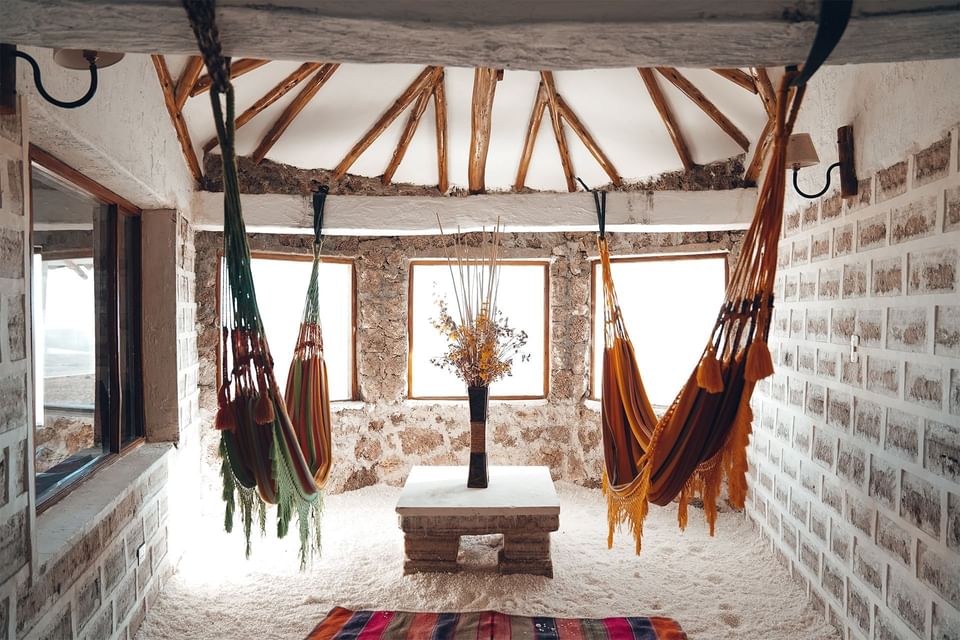
Relax room in Luna Salada Hotel, Uyuni, Bolivia. Photo: Luna Salada Hotel
Best bang-for-your-buck hotels
The MET Hotel is a sleek new boutique property in La Paz’s Zona Sur neighborhood. It has 76 rooms, a stylish spa (a rarity in the city!), and an on-site bakery and bar. The location is ideal for dining, with top restaurants such as Ancestral and Gustu just a short walk or drive away. Since the rates are quite reasonable, it’s worth splurging on a higher-floor room or suite with floor-to-ceiling windows and views over the surrounding mountains.
Santa Cruz de la Sierra, Bolivia’s largest city, finally has its first genuine boutique hotel: the new Alfonsina Hotel, named after one of Bolivia’s greatest poets, Alfonsina Storni. The 20-room property is fashionably decorated, with an eclectic art collection, outdoor swimming pool, and on-site wine boutique and pizzeria. It’s definitely the most stylish place to stay in Santa Cruz.
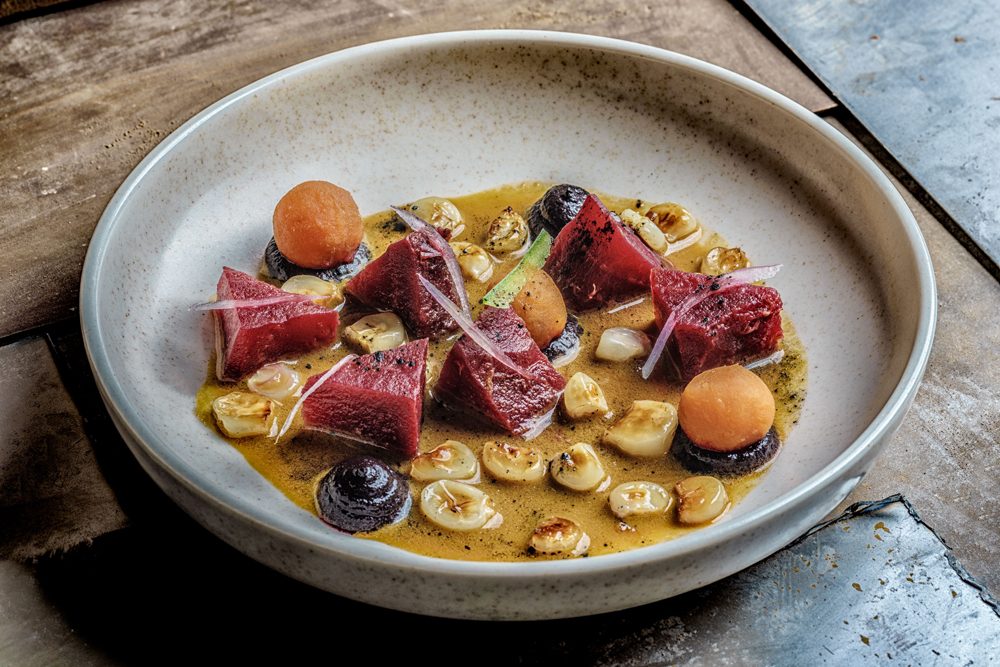
Ali Pacha, an upscale vegan restaurant in La Paz, Bolivia.
Dishes to try
Any of the plant-based dishes at Ali Pacha. Meaning “Universe of Plants” in the native Aymara language, this fine-dining spot—started by an alumnus of renowned restaurant Gustu (one of La Paz’s top restaurants)—has a menu based entirely on foraged plant products, with the aim of showcasing under-used produce while championing micro-producers from around Bolivia. Located in the downtown area of La Paz, it offers three, five, and seven-course vegan tasting menus.
Salteñas Potosinas are a popular street snack available throughout Bolivia, best described as juicy, meat-filled empanadas. The original recipe comes from Potosí (hence the name), where miners were consuming them as far back as the 16th century.
Meal worth the splurge
Ancestral is an exciting new addition to La Paz’s dining scene, highlighting the best Bolivian produce and cooking high-quality local meats and fish on a wood-fired grill. It opened in 2019 with the former head chef from Gustu at the helm, and was recently named “One to Watch” on the World’s 50 Best Restaurants list.
Best Times to Go
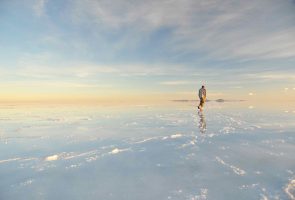
Outside of the rainforest (where it rains year-round), Bolivia’s dry season runs from May to October. At this time, the Salar de Uyuni salt flats look like a never-ending carpet of hexagonal white salt. But they are equally spectacular in the rainy season (December to March), when a thin layer of water creates an otherworldly, mirror-like reflection on the landscape. April and May are the sweet spot, when it is not too cold or crowded, and the Salar is dry enough to cross but you still get some reflections.
Worst Time to Go
January and February, when the Salar is at its busiest with the tour-bus crowds.
Biggest Rookie Mistake
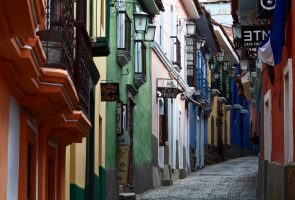
Skipping La Paz. While it’s not the continent’s most beautiful city, seeing La Paz is essential to getting under the skin of contemporary life in Bolivia. You’ll see native Aymara and Quechua people going about their days, dressed in traditional attire, as new buildings spring up around them. A modern cable car crisscrosses the city, and there’s also an ever-expanding gourmet dining scene.
Don't Forget to Pack
Any personal props for classic photos on Uyuni salt flats that play with perspective. The Salar is all white, so brightly colored clothing or balloons make for a wonderful effect.
Airport Intel
At 13,325 feet, La Paz’s international airport is the highest in the world. Drink plenty of water on the plane and eat lightly on arrival.
Bragging Rights
Meet Bolivia’s most celebrated living artist, Gastón Ugalde, at his Salar Gallery in La Paz. Ugalde is referred to by critics as “the Andean Warhol.” With a career spanning half a century, he has been a video-art pioneer, a performance artist, a painter, a sculptor, and a photographer.
Can't-Miss Photo Op
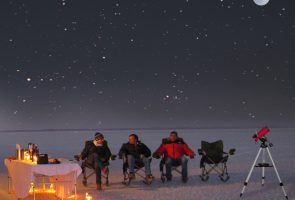
Salar de Uyuni, day or night (see “Don’t Forget to Pack”). The unobstructed expanse of the isolated salt flats, located at a high altitude and with almost no light pollution, is particularly magical in the evening for stargazing. Head out with an astronomer and telescope or just your camera to photograph the salt flats under the night sky.

